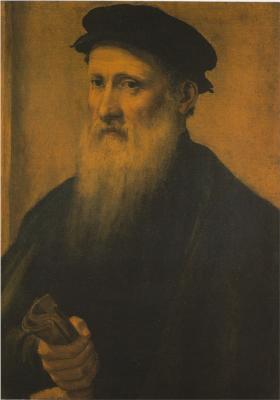Ρόμπερτ ντε Νίρο προς μεγιστάνες του πλούτου: «Αν μπορείτε να ξοδέψετε δισεκατομμύρια για να φτιάξετε πυραύλους, εφαρμογές και εικονικούς κόσμους, μπορείτε να ξοδέψετε ένα κλάσμα από αυτό για να ταΐσετε παιδιά και να ανοικοδομήσετε κοινότητες. Θέλετε να αυτοαποκαλείστε οραματιστές; Τότε αποδείξτε το με συμπόνια, όχι με δελτία τύπου»
Εγγραφή σε:
Σχόλια ανάρτησης (Atom)
«Παλιό Χώμα»:συγκινητική παρουσίαση του βιβλίου στη Θεσσαλονίκη
«Παλιό Χώμα»: μνήμη, απώλεια και ελπίδα σε μια συγκινητική παρουσίαση του βιβλίου στη Θεσσαλονίκη Μ...
-
Χαραμοφάης (Με τον μαλάκα) ;Στίχοι: Γιάννης Μηλιώκας Μουσική: Franco Corliano Χαραμοφάης Με τον μαλάκα Γιάννης Μηλιώκας Έχω θυμό με...
-
῎ ΜΙΑ ΧΡΥΣΗ ΜΑΘΗΣΙΑΚΗ ΑΡΧΗ, ΠΟΥ ΑΓΝΟΕΙΤΑΙ ΑΠΟ ΤΟΥΣ ΑΓΧΩΤΙΚΟΥΣ ΝΕΟΕΛΛΗΝΕΣ ΓΟΝΕΙΣ ΚΑΙ ΑΠΟ ΤΟ ΗΛΙΘΙΟ ΥΠΟΥΡΓΕΙΟ ΠΑΙΔΕΙΑΣ Ηδη δέ τινας ἐγὼ εἶδο...



Δεν υπάρχουν σχόλια:
Δημοσίευση σχολίου